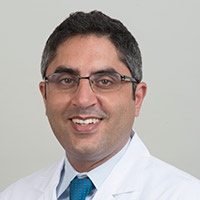Author Interviews, JAMA, Neurological Disorders, Radiology, UCLA / 28.11.2016
Neuroimaging Detects Chemical Disturbances in Stuttering
MedicalResearch.com Interview with:
Joseph O’Neill, PhD
Division of Child and Adolescent Psychiatry
University of California–Los Angeles Semel Institute for Neuroscience
Los Angeles
MedicalResearch.com: What is the background for this study? What are the main findings?
Response: Stuttering seriously diminishes quality of life. While many children who stutter eventually grow out of it, stuttering does persist into adulthood in many others, despite treatment. Like earlier investigators, we are using neuroimaging to explore possible brain bases of stuttering, aiming, eventually, to improve prognosis. What's novel is that our study deploy neuroimaging modalities-- arterial spin labelling and, in this paper, magnetic resonance spectroscopy (MRS)-- not previously employed in stuttering. MRS offers prospects of detecting possible neurochemical disturbances in stuttering.
The MRS results showed differences in neurometabolite-- brain chemicals-- levels between people who stutter (adults and children) and those who don't in many brain regions where other neuroimaging has also observed effects of stuttering. In particular, MRS effects were apparent in brain circuits where our recent fMRI work detected signs of stuttering, circuits subserving self-regulation of speech production, attention and emotion. This reinforces the idea that stuttering has to do with how the brain manages its own activity along multiple dimensions: motivation, allocation of resources, and behavioral output.
(more…)






